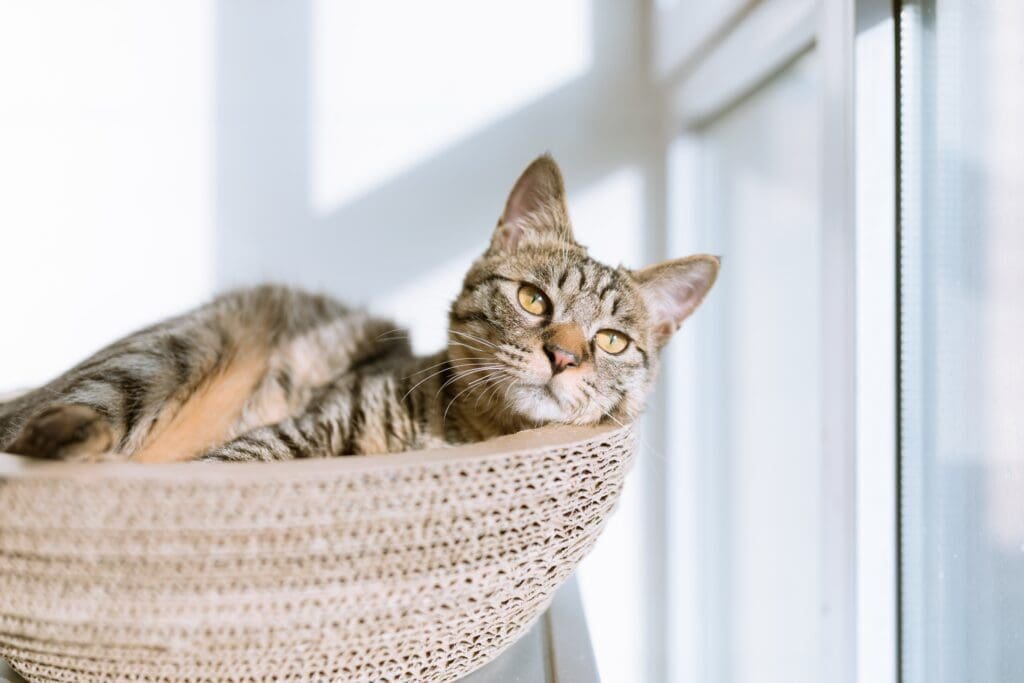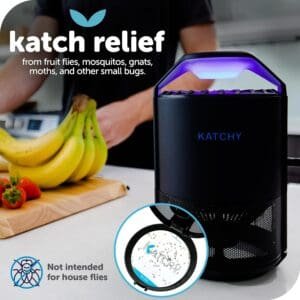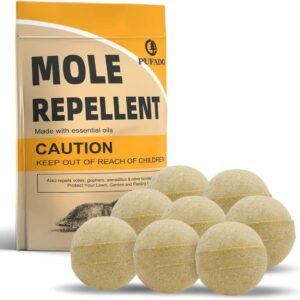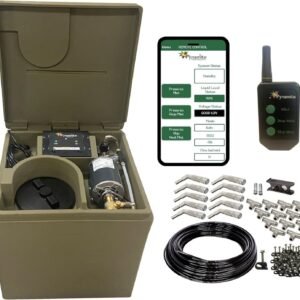Pet-Friendly Methods for Eliminating Ants
Are you a pet owner dealing with a pesky ant problem? Look no further! In this article, we will uncover effective and pet-friendly methods for eliminating ants from your home. We all know how important our furry friends are to us, and their safety is always a top priority. So if you’re wondering if there are any pet-safe ways to get rid of ants, read on and discover the solutions that will help you keep your home ant-free without putting your beloved pets at risk.
Pet-Friendly Methods for Eliminating Ants
Have you ever wondered if there are pet-safe ways to get rid of ants? Ant infestations can be a nuisance, but it’s important to prioritize the safety of our furry friends when choosing methods for ant control. In this article, we will explore various pet-friendly methods for eliminating ants, from understanding ant behavior to natural remedies, homemade ant baits, commercial pet-friendly ant baits, using physical barriers, and even professional pest control options. By the end, you’ll have a comprehensive guide to keeping ants out of your home while keeping your pets safe and happy.
Understanding Ant Behavior
Before we delve into the methods of ant control, it’s essential to understand ant behavior. Ants are social insects that live in colonies, often consisting of thousands of individuals. Within these colonies, there is a well-defined hierarchy, with a queen, worker ants, and soldier ants. The queen’s role is to reproduce and ensure the survival of the colony, while worker and soldier ants take on various tasks such as foraging for food and defending the colony. Ants communicate with each other through the use of chemical pheromones, which they leave behind as trails to guide other ants to food sources.
Identifying Ant Infestations
The first step in combating ants is to identify whether or not you have an infestation. Look out for signs such as trails of ants marching in a line, particularly in areas where food is present. You may also notice small piles of dirt or sawdust near cracks or crevices, indicating the presence of ant nests. Target areas for inspection include the kitchen, pantry, bathroom, and any other areas where food or water is readily available. Early detection is crucial for effective control, as large ant colonies can be challenging to eliminate once established.
Preventing Ant Infestations
Prevention is key when it comes to ants. By implementing a few simple measures, you can significantly reduce the likelihood of ant infestations. Keeping food storage areas clean and sealed is essential, as ants are attracted to food sources. Store dry goods, such as cereals and grains, in airtight containers, and promptly clean up any spills or food crumbs. Additionally, eliminate standing water sources, such as leaky faucets or pet water bowls that are left out for extended periods. Lastly, seal cracks and gaps in entry points, both on the interior and exterior of your home, to prevent ants from finding their way inside.
Natural Remedies for Ant Control
If you prefer using natural methods to control ants, there are several pet-safe options available. One effective solution is a vinegar and water spray. Mix equal parts of white vinegar and water, and spray it along ant trails, entry points, and areas where ants are likely to access food. Another natural option is a lemon juice and water solution. Lemons contain D-limonene, which repels ants. Mix the juice of two lemons with one cup of water and spray it in areas of concern. Diatomaceous earth is another popular natural remedy, which consists of fossilized algae that can be sprinkled around ant entry points and nesting areas. Finally, essential oils such as peppermint, tea tree, or citrus can create a barrier that ants will avoid. Mix a few drops of your chosen essential oil with water and spray it around your home.
Homemade Ant Baits
If you’re looking for effective homemade ant baits, there are a few options that are both pet-friendly and efficient. One simple recipe involves combining boric acid and sugar. Mix one teaspoon of boric acid with one cup of sugar, and place small amounts of the mixture in shallow dishes near ant trails and entry points. The sweet sugar attracts the ants, while the boric acid acts as a slow-acting poison, which they carry back to the colony. Another homemade bait option is a mixture of cornmeal and borax. The cornmeal attracts the ants, and the borax acts as a toxin. Combine equal parts of cornmeal and borax, and place small piles near ant activity. Finally, a honey and borax solution can be effective. Mix equal parts of honey and borax and place small drops of the solution on small pieces of cardboard. The ants will be drawn to the sweet honey and bring the borax back to the colony.
Commercial Pet-Friendly Ant Baits
If homemade remedies are not your preference, there are several commercially available ant baits that are specifically formulated to be pet-friendly. Look for brands that are specifically labeled as pet-safe or pet-friendly. These baits contain active ingredients that target ants but are safe for pets when used as directed. Some common active ingredients include boric acid, which disrupts ants’ nervous systems, and abamectin, which affects their digestive systems. When using commercial pet-friendly baits, it’s crucial to follow the manufacturer’s instructions for proper placement and usage. Remember to keep baits out of reach of your pets and in areas where ants are commonly found.
Using Physical Barriers
Physical barriers can also be effective in preventing ants from entering your home. There are pet-friendly ant repellent sprays available, which create a barrier around your home. These sprays usually contain natural ingredients such as peppermint or citrus oils and should be applied to windowsills, doorways, and other entry points. Another option is to use double-sided tape as an ant deterrent. Place strips of double-sided tape near ant trails or points of entry. The sticky surface will prevent ants from crossing the tape and entering your home. Additionally, using ant-proof pet food bowls can keep ants away from your pet’s food. These bowls have a moat of water around the food dish, creating a barrier that ants cannot cross.
Professional Pest Control Options
If you find that your ant infestation is too challenging to handle on your own, or if you prefer leaving it to the professionals, there are pet-friendly pest control options available. Hiring a pet-friendly pest control service has several benefits. These professionals have the knowledge and experience to effectively eliminate ants while taking the necessary precautions to keep your pets safe. They may use pet-safe insecticides and employ techniques such as targeted baiting to minimize exposure to your pets. When choosing a pest control company, look for those that prioritize eco-friendly or green pest control practices. These companies use low-toxicity products and focus on integrated pest management techniques that minimize the use of chemicals.
Conclusion
Ant infestations are a common problem for many homeowners, but it’s important to approach ant control with the safety of our pets in mind. By understanding ant behavior, identifying infestations early, implementing preventative measures, and utilizing pet-friendly methods such as natural remedies, homemade baits, commercial pet-friendly baits, physical barriers, and professional pest control services, you can effectively eliminate ants while keeping your pets safe. Remember to always read and follow the instructions provided with any products or services used and consult with a professional if needed. With these pet-friendly methods, you can keep your home ant-free and create a safe environment for both you and your beloved pets.









